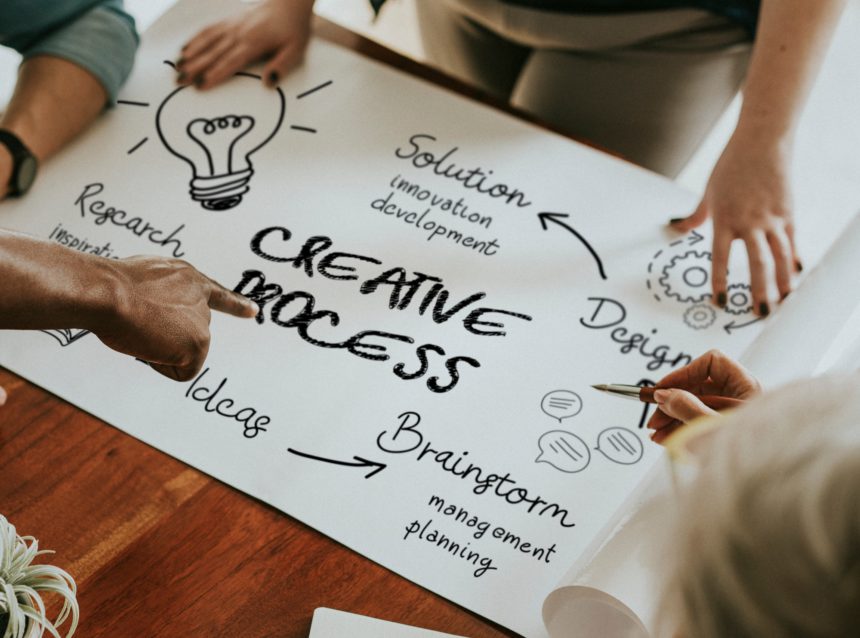Using Mind Maps in the Learning Process and Planning Complex Projects
In an age where information overload is a common challenge, effective learning and project management techniques are more crucial than ever. One such technique that has gained popularity is the use of mind maps. This visual tool not only aids in organizing thoughts but also enhances creativity and retention. In this article, we will explore how mind maps can be utilized in the learning process and for planning complex projects, supported by research, examples, and practical applications.
The Power of Mind Mapping in Learning
Mind mapping is a technique that involves creating a visual representation of information, allowing learners to see the relationships between concepts. This method is particularly effective for various reasons:
- Enhanced Memory Retention: Research indicates that visual aids can improve memory retention by up to 65%. Mind maps leverage this by presenting information in a structured, visual format.
- Improved Understanding: By breaking down complex topics into smaller, interconnected parts, learners can grasp difficult concepts more easily.
- Encouragement of Creativity: Mind maps allow for free association of ideas, fostering creativity and innovative thinking.
For instance, a study conducted by the University of California found that students who used mind maps scored 20% higher on tests compared to those who relied solely on traditional note-taking methods. This demonstrates the effectiveness of mind mapping in enhancing academic performance.
Practical Applications of Mind Maps in Learning
Mind maps can be applied in various educational settings, from classrooms to self-study environments. Here are some practical applications:
- Note-Taking: Instead of linear notes, students can create mind maps during lectures to capture key points and their relationships.
- Project Planning: Students can outline research projects or essays by mapping out their main ideas and supporting details.
- Revision Tools: Mind maps serve as excellent revision aids, allowing students to visualize the entire syllabus and identify areas needing more focus.
For example, a high school student preparing for a biology exam might create a mind map that includes major topics like cell structure, genetics, and ecology, with branches detailing subtopics and key terms. This visual representation helps in quick recall and deeper understanding.
Mind Mapping for Complex Project Planning
Beyond education, mind mapping is a powerful tool for planning and managing complex projects. It allows teams to visualize the project scope, tasks, and timelines effectively. Here’s how mind mapping can streamline project planning:
- Clarity of Vision: Mind maps help teams clarify project goals and objectives, ensuring everyone is on the same page.
- Task Breakdown: Projects can be broken down into manageable tasks, making it easier to assign responsibilities and track progress.
- Identifying Dependencies: Mind maps can illustrate task dependencies, helping teams understand which tasks must be completed before others can begin.
A case study involving a software development company demonstrated the effectiveness of mind mapping in project management. The team used mind maps to outline the project phases, identify key deliverables, and allocate resources. As a result, they completed the project 15% faster than previous projects, showcasing the efficiency gained through this method.
Best Practices for Creating Effective Mind Maps
To maximize the benefits of mind mapping, consider the following best practices:
- Start with a Central Idea: Place the main topic at the center of the map and build branches outward.
- Use Keywords: Focus on keywords and short phrases rather than long sentences to keep the map clear and concise.
- Incorporate Colors and Images: Use different colors and images to enhance visual appeal and aid memory retention.
- Review and Revise: Regularly update your mind map as new information is acquired or project details change.
Conclusion
Mind mapping is a versatile tool that can significantly enhance both learning and project management. By providing a visual framework for organizing information, it improves memory retention, fosters creativity, and clarifies complex project details. Whether you are a student preparing for exams or a project manager overseeing a team, incorporating mind maps into your processes can lead to more effective outcomes. As we continue to navigate an increasingly complex world, adopting such innovative techniques will be essential for success.
